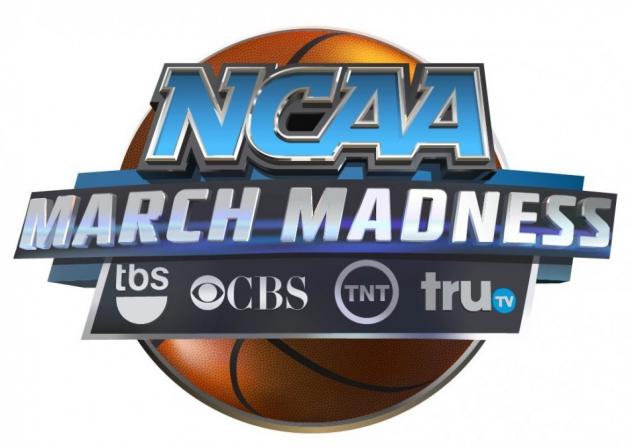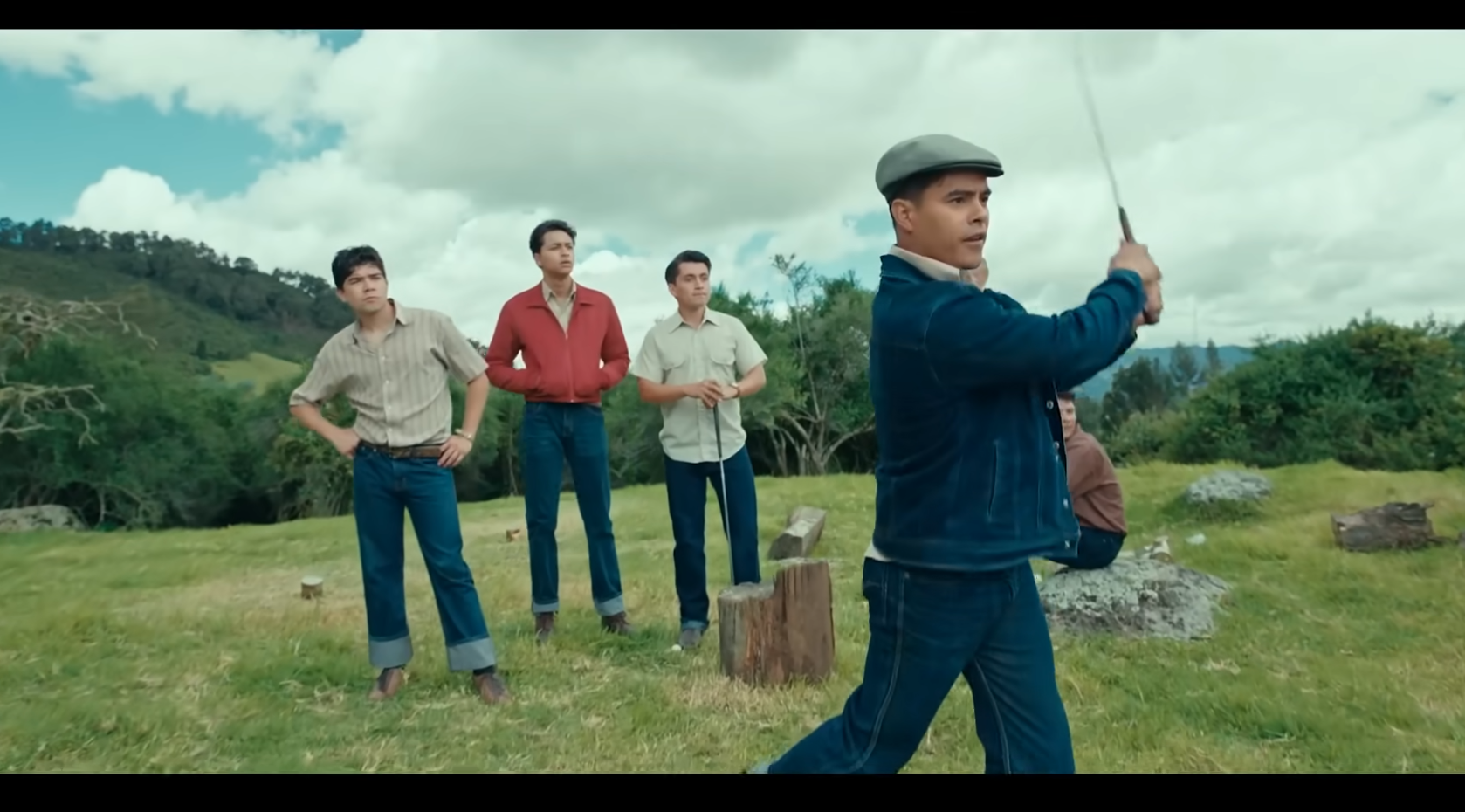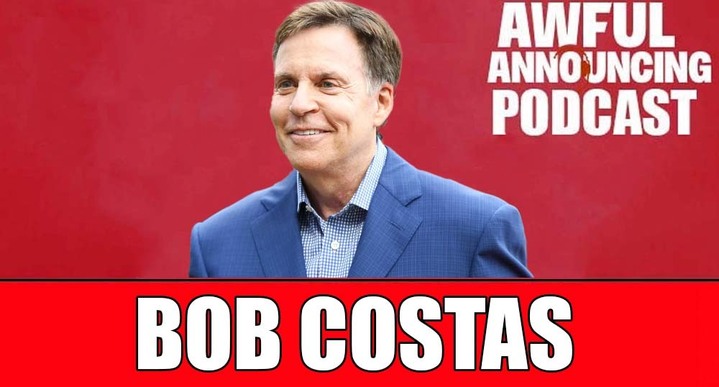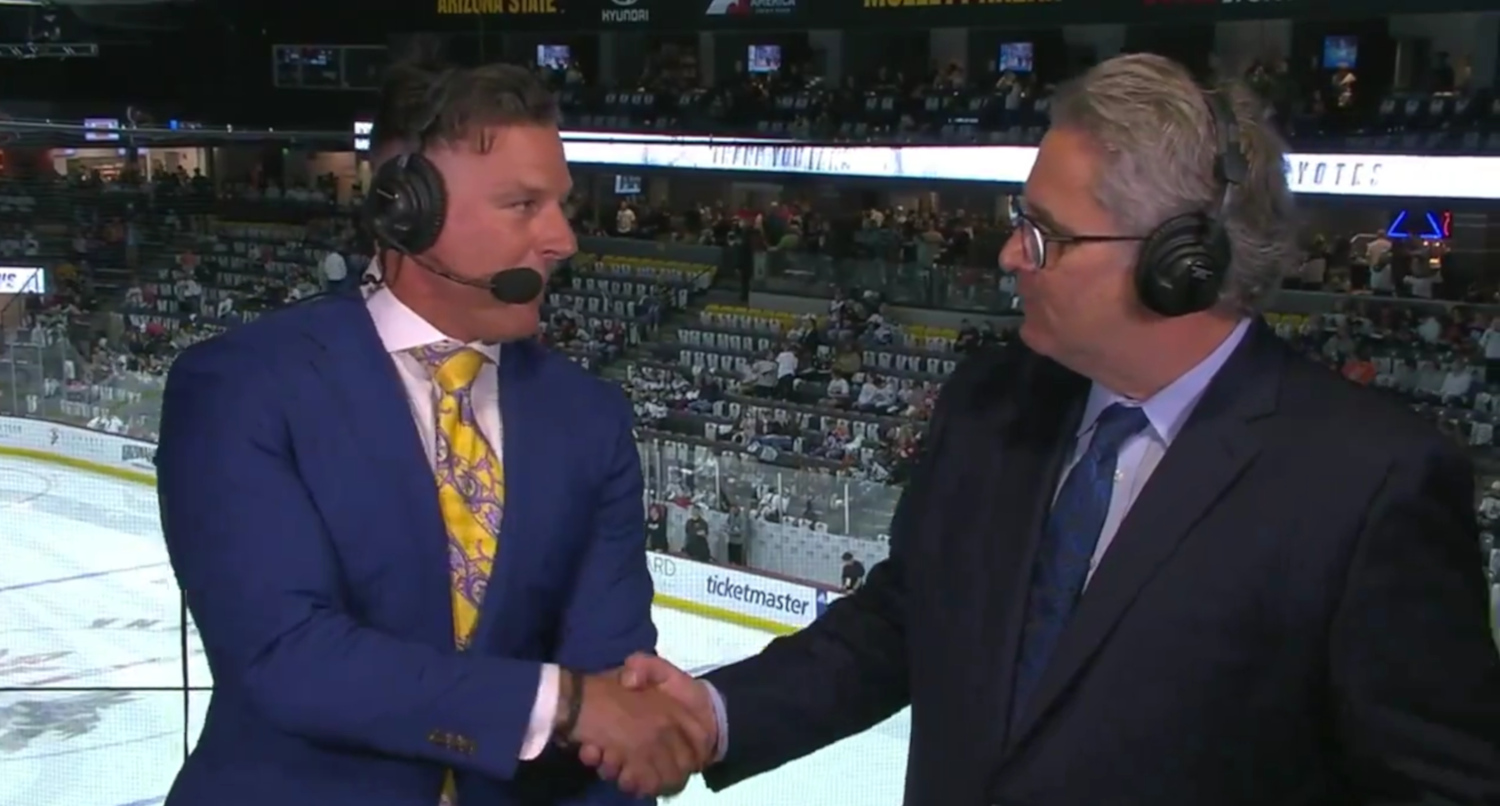The first NCAA Division I Men’s Basketball Tournament took place in 1939. The field consisted of eight teams, was not broadcast on anything but local radio, and the Final Four was held in Evanston, Ill. The Oregon Ducks beat the Ohio State Buckeyes, their last championship to date in the sport.
The tournament was not broadcast on television until 1969, when NBC picked up the rights. NBC broadcasted the games through the 1981 season, relinquishing the rights to CBS and ESPN beginning in 1982. The Worldwide Leader covered the early-round games until 1991, before CBS bought the rights to every contest. During this period, ratings boomed for the tournament, helping the sport to grow into the popularity it currently enjoys.
Until 2010, the tournament was broadcast with only one game viewable to a given region, with the other live games being shown with real-time scoreboards in the corner of the screen (unless you paid for a subscription service for additional feeds). This was a source of consternation for many fans, but also brought an added suspense.
“The biggest change is, before Turner was involved, everything was on CBS,” said Greg Gumbel, host of the CBS March Madness studio show. “I was very used to taking a game at halftime and taking an audience and throwing it to another game, and then bring it back to what we were watching before. We don’t do that now.”
Five years ago, CBS and Turner Sports partnered for a game-changing idea, allowing every March Madness contest to be shown live and in its entirety via four separate networks including TruTV, TNT, CBS and TBS.
“The dynamics have completely changed,” said Jim Nantz, the lead play-by-play commentator for CBS Sports. “When we first got into it, the NCAA productions broadcast the Thursday and Friday games of the first round. CBS didn’t start until the weekend. We were still trying to figure out how to stagger and start the games and how to network them. Everybody did not get all the games. We upset a lot of people by perhaps choosing, in the viewer’s mind, the wrong game for their market. So it was expanded from taking on the whole tournament to taking on the tournament with Turner. It’s an amazing thing.”
“It’s gotten better and friendlier for the viewer,” Nantz continued. “This partnership with Turner has been a fabulous thing. People will be able to see all the games, choose the one they want to watch. It has been a great service to the fan.”
While the National Football League and multiple other professional sports are more popular and drive larger ratings than college basketball, few events can match March Madness. From a media standpoint, the change in relevance over the past 30 years is almost unfathomable, going from a fringe spectacle to a must-watch month full of moments.
“For me, the attention paid to the tournament and its place in the sports calendar has become, in my view, enormously more significant than it was back in the 80’s,” said Verne Lundquist, who has been calling the NCAA Tournament since 1982 for CBS. “It was always part of the fabric of college sports, but now it has really become a national celebration to a degree we never knew back then.”
March Madness starts Tuesday night. Enjoy the show.








Comments are closed.